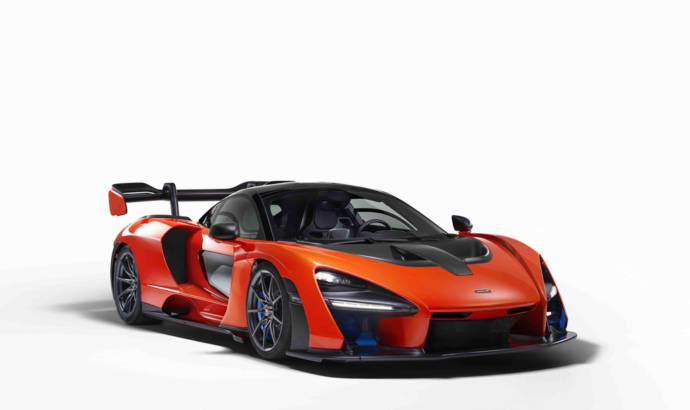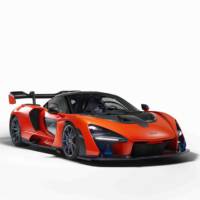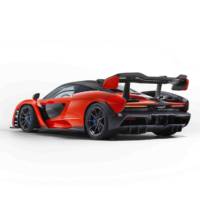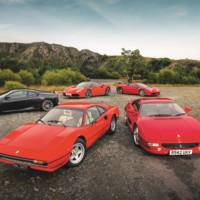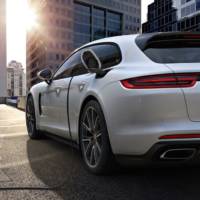In the last few years McLaren managed to convince its clients that it produces some powerful supercars. Now its time to convince them it also produces exclusive supercars. The UK manufacturer recently unveiled the new McLaren Senna, a car that has been designed, engineered and developed with single-minded purpose: to be the ultimate McLaren track-concentrated car for the road.
The carbon fibre Monocage III chassis that forms the core of the McLaren Senna is a further development of the structure that underpins the McLaren 720S and the strongest monocoque ever built by McLaren for a road-legal vehicle. Every body panel is made from carbon fibre. The McLaren Senna is the lightest road-legal McLaren since the iconic F1 road car, at just 1,198 kg.
With maximum power of 800PS (789bhp), the McLaren Senna enjoys a power-to-weight ratio of 668 PS per tonne.
The legendary Formula 1 racing driver was renowned for his exceptional powers of concentration and single-minded focus on being the best on the track. The McLaren Senna driver is hardwired into the dynamic experience the car delivers.
The McLaren Senna introduces a new generation of ground-breaking front and rear active aerodynamics, raising downforce and aero control to an unprecedented level to ensure the performance potential can be fully exploited. Every element of the body design, from the front splitter to the double diffuser at the rear, has been developed to optimise downforce and aerodynamic balance, whether under braking, adjusting the throttle mid corner, or applying power on corner exit.
The double diffuser at the rear of the car is unmistakable. Created as a single piece of carbon fibre, it begins under the rear axle and as it increases in height accelerates air out from under the vehicle. This creates a low-pressure zone that sucks the McLaren Senna even tighter to the ground. Equally unmissable is a huge, double-element carbon fibre rear wing that at its highest point sits 1,219mm from the road when the car is stationary. Hydraulically actuated and with a planform surface area of more than 6,500cm2, the wing constantly adjusts to optimise the levels of downforce and aerodynamic balance and functions as an airbrake under heavy braking.

